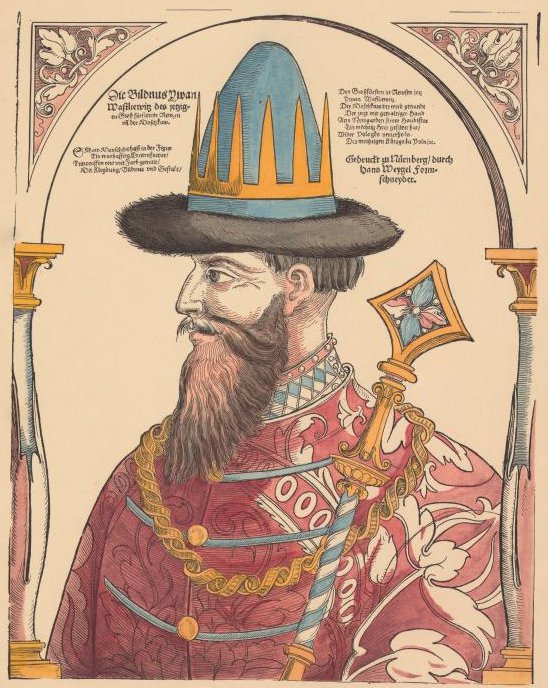«What if I told you everything you know to be true is wrong?»
As this famous Matrix-inspired meme goes, what if I told you that Ivan the Terrible was not actually all that terrible? There are several terms, phrases, and historical Russian concepts that are used erroneously in the English language. So, I chose the top four of my favorite irritants to correct and demystify them!
1. Ivan the Terrible
Ivan IV (1530-1584) was a Russian tsar and one of the key rulers in the country’s entire history. In English, his Russian-language moniker, Groznyi, is typically translated as “Terrible.” However, the latter is inaccurate if we take the most commonly used meaning of “terrible” today, that is, well, bad. “Grozny” is linked to the word “groza,” which translates as “thunderstorm.” The adjective has different meanings. In the case of a person, it is best to translate it as “formidable,” or, perhaps, “fearsome.” To be fair, the English word “terrible” in its less frequently used meaning of instilling fear and awe is closer to the original.
How did Ivan IV gain this reputation?
He was the grandson of Byzantine princess Sophia (Zoe) Palaiologina who married Russia’s Grand Prince Ivan III. This marriage was one of the many reasons why Russia began to consider itself the Third Rome after the fall of Constantinople in 1453. As a ruler, Ivan IV was first the Grand Prince of Moscow and All Russias. Subsequently, he began using the term “tsar” (from the Latin caesar) as the first Russian leader to do so.

Ivan’s rule involved many reforms, such as those of the justice system and the army. His overhaul of public administration included introducing self-government features at a local level. In geopolitics, Russia triumphed over the Astrakhan and Kazan Khanates and began expanding eastward into Siberia. At the same time, the tsar used the orprichnina policy to consolidate power, at times ruthlessly, and was involved in a prolonged Livonian War (1558–1583) for access to the Baltic.
Continue reading